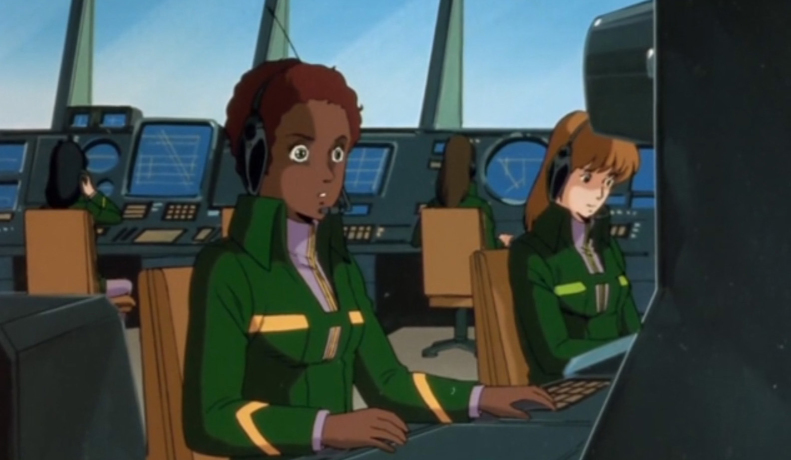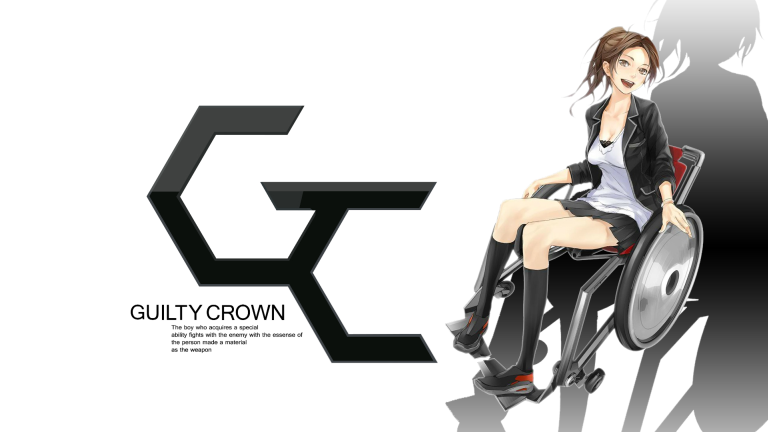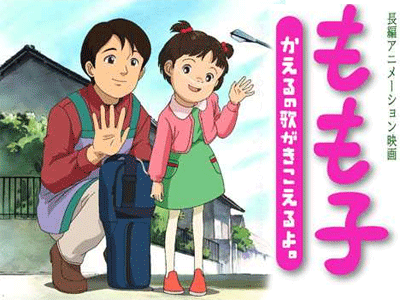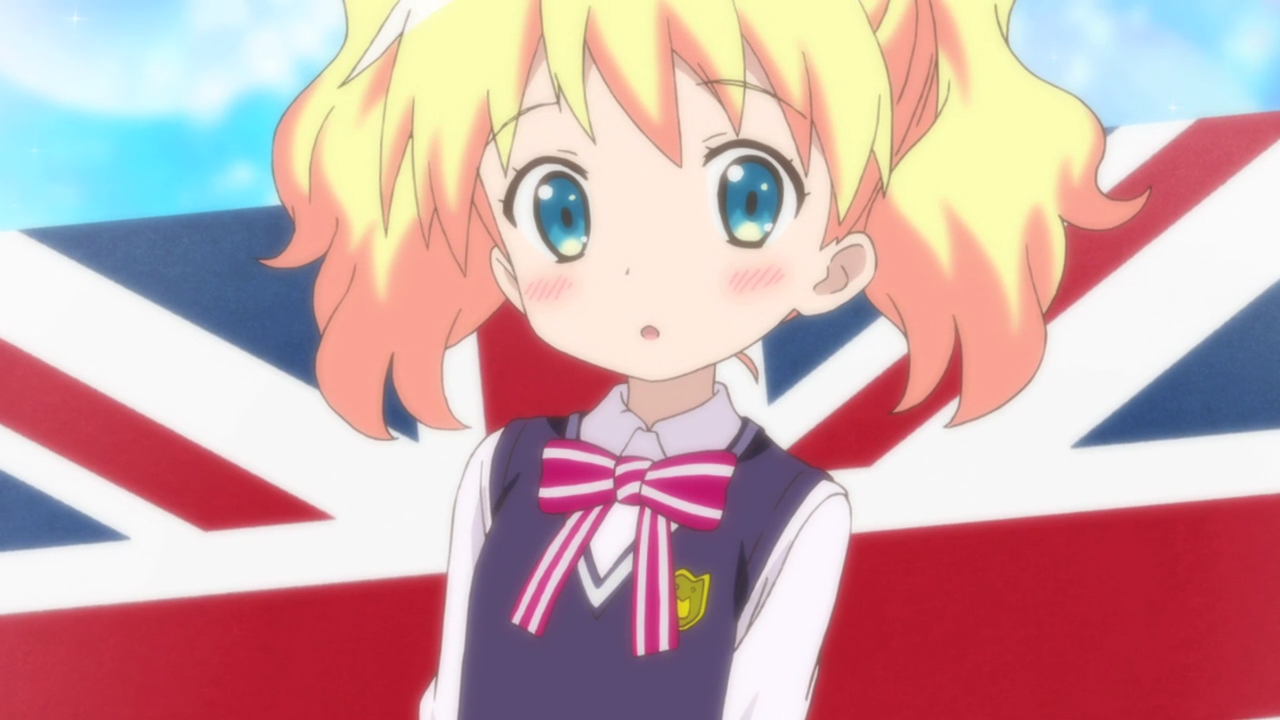Ask John: Does Anime Care About Political Correctness?
Question:
Do animes really care that much about diversity and “equal representation” like they do in the American media or is anime just content to use whichever characters they feel like?
Answer:
Racial diversity and equal representation in American employment, politics, and entertainment are concerns born from the 1950’s equal rights movement, the introduction of “political correctness” in the early 1990s, and America’s characteristic melting pot society. America is a country of immigrants founded on a constitutional principle of equality for all, so equal representation of ethnicities, genders, and the handicapped is a logical expression of American values. Japan, however, is a vastly different country than America. What we now think of as “Japan” originated roughly 2,000 years ago. As of this month, July 2016, The CIA World Factbook reports that 98.5% of Japanese residents are ethnic Japanese. Furthermore, Japan remains a traditionally heavily patriarchal society. According to the United Nations Human Development Reports, Japan ranks 20th in global gender equality. (The United States ranks 8th.) In effect, conscious representation of ethnic diversity is as foreign to typical Japanese citizens as foreigners themselves. Likewise, despite contemporary efforts by the Japanese government to reduce the 40% income gap between male and female Japanese employee salaries, average Japanese citizens don’t consider equal gender representation in media as an obligation the way American media typically does.
Furthermore, in a 2006 article titled “Is ‘disability’ still a dirty word in Japan?,” researcher Tomoko Otake stated, “Most Japanese quite likely live their whole lives without ever interacting with their disabled fellow citizens.” Traditionally mental & physical disability within Japanese society has been hidden, overlooked, as if the nation is ashamed of its handicapped or differently abled. Manga fans may remember how offended manga creator Yukito Kishiro was in 2010 when publisher Shueisha removed references to mental illness from reprints of Kishiro’s Gunnm manga. Manga creator Ken Yagami’s 2000-2003 manga series Nanaka 6/17 is a comedy revolving around a 17-year-old girl who mentally regresses to age six. Countless Americans would likely find the story’s lighthearted perspective rather distastefully offensive since it turns a mental disorder into a running joke.
Manga creators and Japanese animators are artists, and artists globally lean toward progressive philosophies. So anime and manga do sometimes prominently include ethnic and handicapped characters. Paraplegic characters including Angelic Layer’s Shuko Suzuhara and Guilty Crown’s Ayase Shinomiya genuinely feel as if they’re included to enhance the believability and affectiveness of their stories rather than drive home a socially conscious point. Anime films including Momoko, Kaeru no Uta ga Kikoeru yo, 5-tou ni Naritai, and Happy Birthday: Inochi Kagayaku Toki deliberately star handicapped protagonists in order to educate the Japanese public about respect and care for handicapped children.
Political correctness, as a guiding principle for public behavior and discourse, doesn’t really exist in Japan. Conscious political correctness partially isn’t necessary in Japan because of the characteristics of Japanese language, the influence of pervasive Japanese “politeness,” and the ethnic hegemony of Japanese culture. Moreover, for better or worse, a majority of Japanese society evidently doesn’t consider political correctness vitally necessary. The controversy unintentionally created by Omoide no Marnie director Hiromasa Yonebayashi earlier this summer is an excellent illustration of a typical Japanese animator’s perspective. Yonebayashi told the UK newspaper The Guardian about the lead characters in the film, “One is Japanese and one is a blonde foreign girl… but in the end I thought that added another dimension.” The ethnicity of one of the two girls was changed but the other wasn’t not out of concern for ethnic diversity but rather just to add narrative nuance. In the same interview Studio Ghibli producer Yoshiaki Nishimura said, “Women tend to be more realistic and manage day-to-day lives very well. Men on the other hand tend to be more idealistic.” Nishimura’s comment very likely wouldn’t have aroused any shock or offense had it been given to a Japanese newspaper. After accusations of sexism from the English langauge press, Nishimura apologized, saying, “I definitely had the sexist belief that men had a strong tendency to be idealistic and that women were better at living reality. I am reflecting and learning. Gender has nothing to do with making movies. My deepest apologies.” Nishimura was savaged by the English language press for expressing a likely widely held Japanese assumption.
Examination of contemporary anime including the ongoing popularity of “harem” anime, and anime that include ethnic characters for the purpose of novelty, such as Kiniro Mosaic, suggest that Japanese manga and anime creators typically aren’t racist or maliciously sexist; their creations simply reflect the world they perceive around them. Since both creators and viewers are unused to encountering foreigners, ethnic characters infrequently appear in anime. Since political correctness, equal representation, and respect for the handicapped are concepts largely alien to the daily lives of average Japanese people, anime isn’t frequently influenced by these concerns.
Add a Comment
You must be logged in to post a comment.






Well, judging by the comments on here, the Japanese seem to care when the shoe is on the other foot. https://www.youtube.com/watch?v=MgjwjaBJ5Do
BTW, if you want a more sensitive take on the disabled from the Japanese, read Takehiko Inoue’s Real.